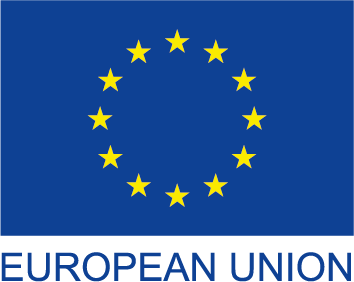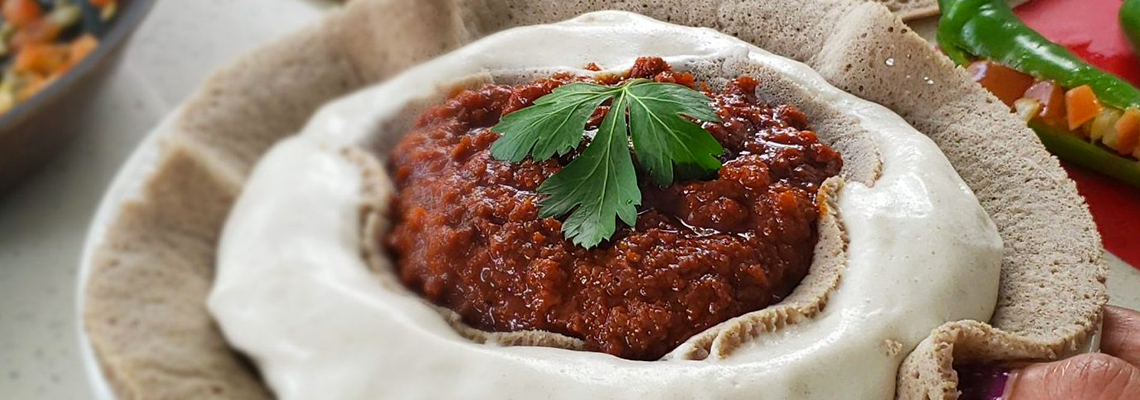

Hilbet

This traditional vegetarian dish, hilbet, is a legume paste that is dressed with a thick red sauce known as selsi and served with injera, the iconic sourdough crepe also eaten in Ethiopia. Overall, Eritrean cuisine strongly resembles that of neighbouring Ethiopia, although Eritrean cooking tends to feature more seafood than Ethiopian cuisine. Eritrean dishes also tend to employ less seasoned butter and spices.
- Hilbet flour (made of fava beans, lentils, and fenugreek powder)
- Selsi sauce (made of fried onion, berbere spice, tomatoes)
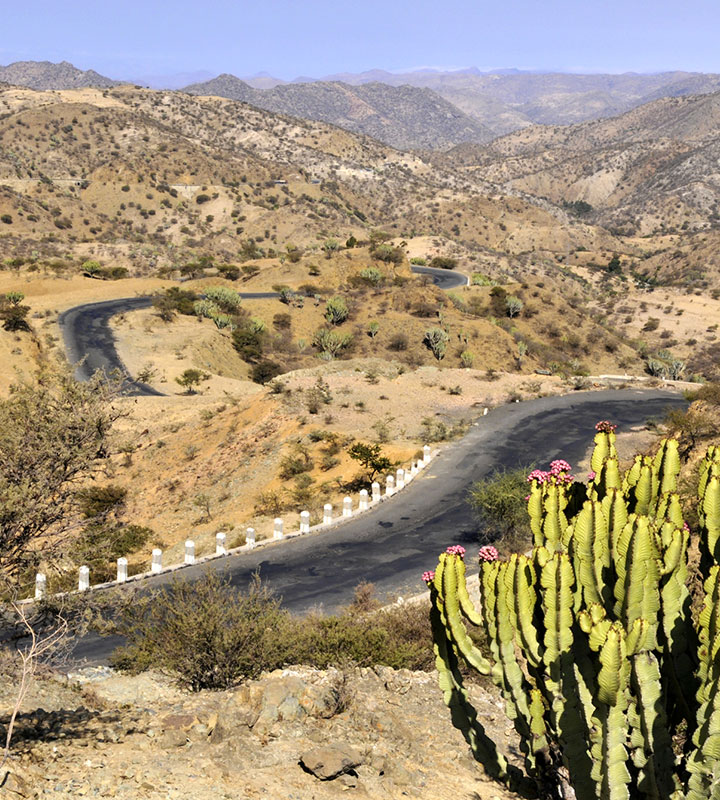
The legumes are soaked in water for half a day, then dried up and milled into a mixed hilbet flour that is sold in shops. It should still be sifted at home to further remove impurities.
Use 1 l of warm water per 250 g of hilbet flour, mixing continuously until creamy and lightly white in colour. Then, remove from the stove and let cool before mixing again by hand or blender, and seasoning with garlic, salt and chili.
Serve on injera and top with selsi sauce. This recipe was kindly contributed by the EU Delegation to Eritrea.
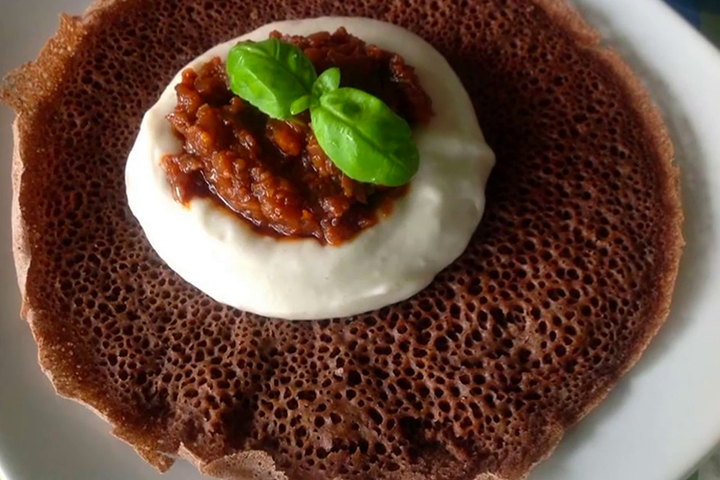
This traditional vegetarian dish, hilbet, is a legume paste that is dressed with a thick red sauce known as selsi
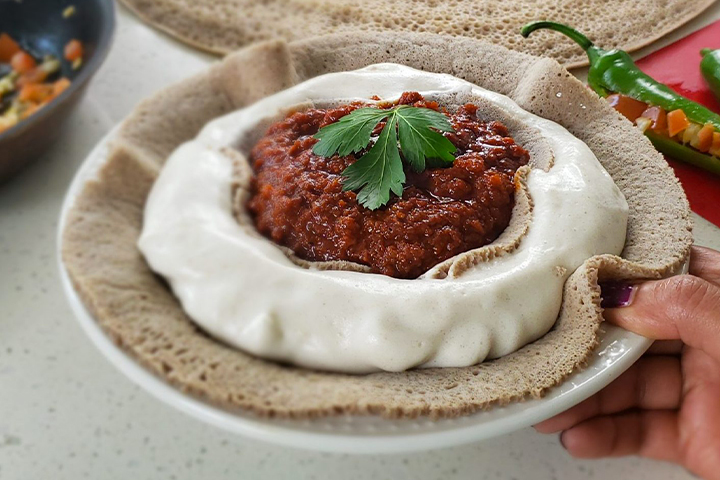
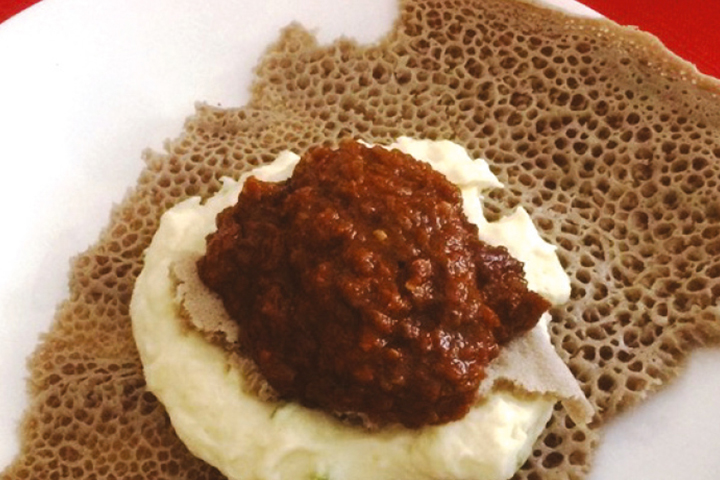
Other recipes
From mains to sides, and from desserts to snacks: our Ambassadorial community has the perfect recipe for every occasion. Check out all the recipes in our diverse collection and discover how our Ambassadors cook their favourite dishes!
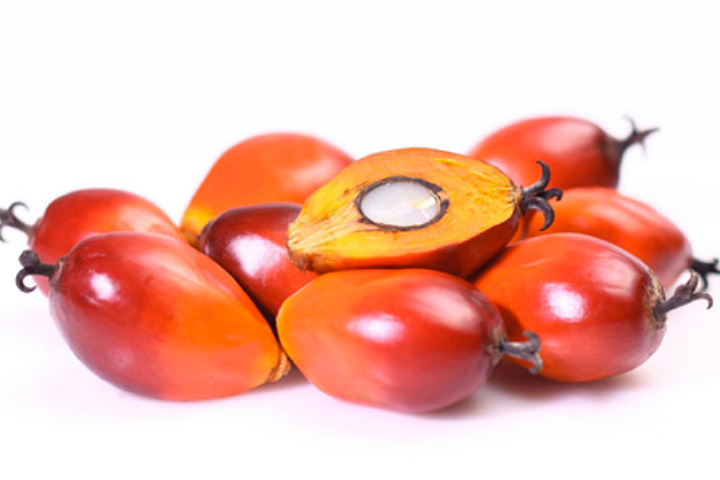

Liberian Palm Butter
Palm butter is originally a staple food for the Grebo, the Kru and the Krahn tribes of the southeast of Liberia which over time has become one of the most ...
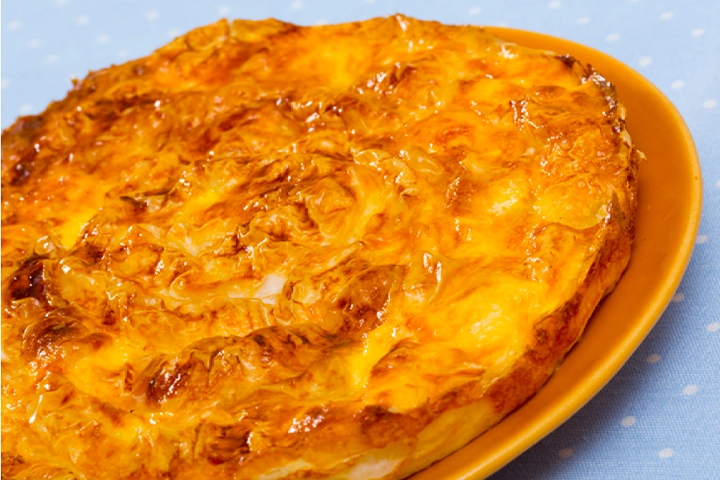
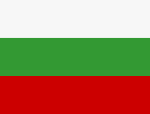
Banitsa (Cheese Pastry)
If you prepare the filo pastry from scratch, mix the milk, salt, sugar, eggs, yeast and flour and allow the dough to rise. Otherwise, buy ready-made filo sheets. Tear small ...
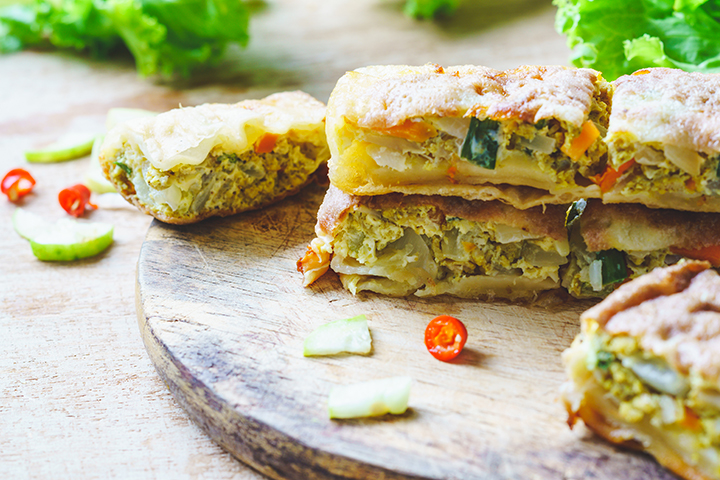
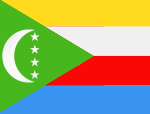
Mataba
This recipe was kindly contributed by Giovanni Di Girolamo, EU Ambassador to the Republic of Madagascar and the Union of Comoros.
